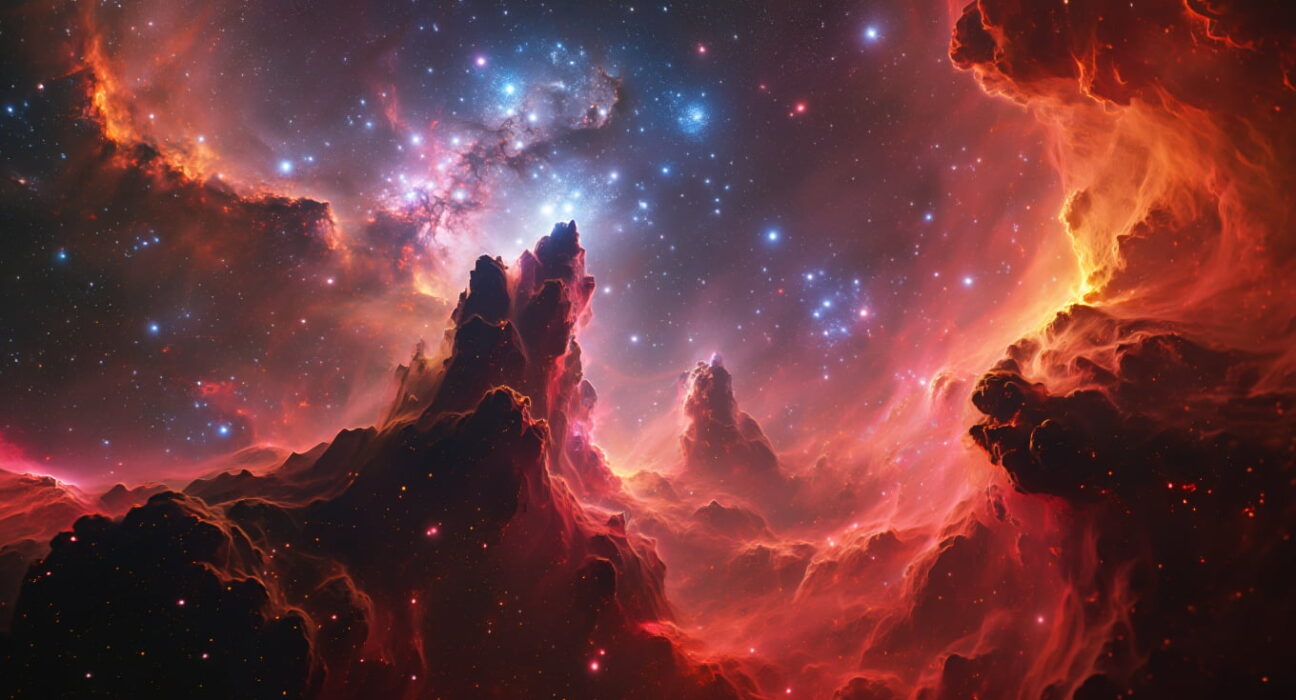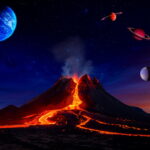In a striking new image from the James Webb Space Telescope (JWST), a dramatic cosmic scene unfolds: jagged peaks of gas and dust rise like mountains or towers, seeming to point toward a glittering cluster of young stars. This celestial landscape lies in the heart of the Milky Way within the Lobster Nebula, located in the constellation Scorpius. At its core sits Pismis 24, a small but dense open star cluster that hosts some of the galaxy’s most massive and short-lived stars.The nebula itself is a vast region of interstellar gas and dust where stellar birth and destruction play out on grand scales. According to the European Space Agency, the orange and brown structures resemble craggy cliffs, shaped by the intense forces of radiation and stellar winds. The tallest of these spires, located near the center of the image, stretches 5.4 light-years from base to tip. To put this into perspective, that’s roughly the width of 200 solar systems laid side by side, extending outward as far as Neptune’s orbit.These monumental formations are far from static. Their sculpted shapes come from erosion, as streams of ultraviolet radiation and charged particles from the massive stars above carve away the surrounding material. Yet this destruction also sparks creation. As the gas is compressed by the energy of these young stars, new stars form within the very spires being eroded.The image highlights the dynamic life cycle of stars: massive ones blaze intensely and die quickly, while their radiation reshapes the nebula, giving rise to the next generation. JWST’s unprecedented resolution captures this cycle in vivid detail, offering not only a breathtaking view of the Lobster Nebula but also valuable insight into the processes that drive stellar evolution in our galaxy.
James Webb telescope’s ‘starlit mountaintop’ could be the observatory’s best image yet — Space photo of the week






